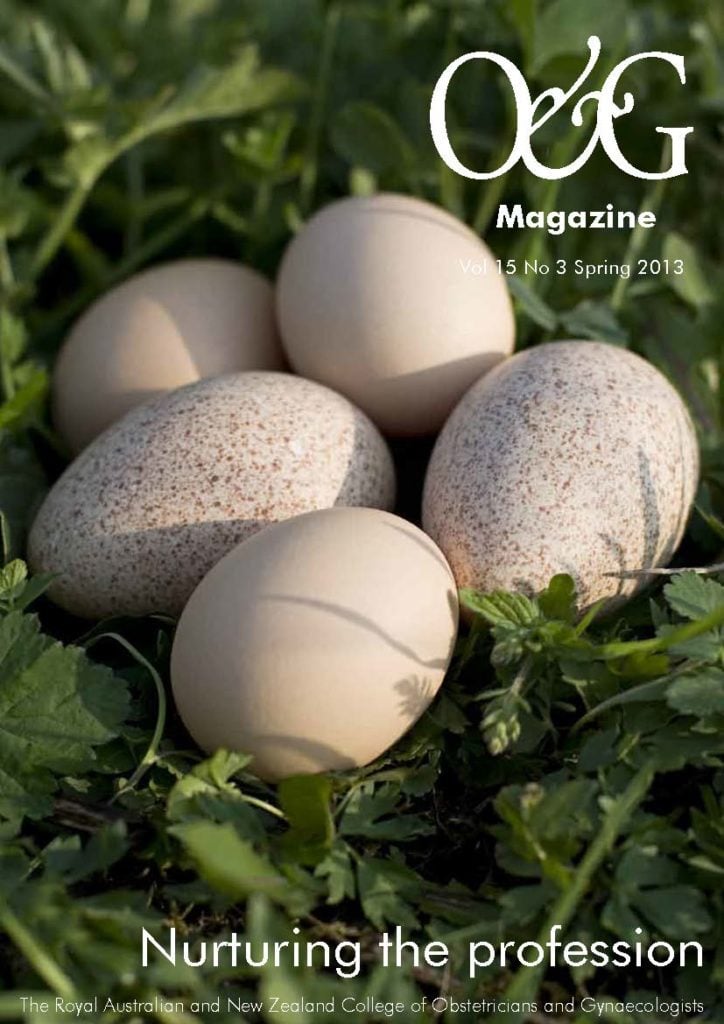Letters
Experience-based medicine
This article is 12 years old and may no longer reflect current clinical practice.
Since getting the MRCOG, in 1968, there have been some radical changes in our speciality; some good, some bad. As an optimist, I would prefer to reflect on the good ones. In no particular order, the following are what I judge as the top developments in the speciality:
- Ultrasound in obstetrics (I am not so sure about gynaecology): it is wonderful to be certain of a patient’s due date, particularly if they become pre-eclamptic; be able to localise the placenta accurately without radioisotopes; not to have to worry about being caught by the undiagnosed twin or triplet; and avoid the stress of delivering a non-survivable malformation, such as anencephaly (and the miserable business of its euthanasia,usually with a relaxant from the anaesthetic tray).
- Polyglyconate sutures are one of the unsung heroes of modern surgery. When I was training, it was not unusual when tying off the uterine artery for the catgut to snap. How beautiful to have sutures that are virtually impossible to break and absorbed when they are no longer needed.
- When cardiotocography (CTG) came in, I remember remarking to my colleagues that, used correctly, it would lower the caesarean section rate. Alas, many an unnecessary caesarean section has been done using a dubious CTG tracing as the excuse, particularly with syntocinon augmentation. For all of that, a reassuring CTG can be a great stress reliever.
- Before the introduction of the LLETZ/LEEP loop, cervical dysplasia was treated by either radial cautery or cone biopsy. This gave us plenty of cases of cervical stenosis (from the former) and cervical incompetence (from the latter) to manage.
- The Mirena intrauterine contraceptive device gets my vote for the greatest innovation from the last decade or so, particularly with world overpopulation probably the greatest threat we face. Its side-benefit of reduction of menstrual flow has also proved beneficial.
- Before laparoscopy, diagnosis of, for example, uterine adnexal disorders could only be done with confidence by laparotomy or posterior colpotomy. In addition to the latter, many of us got quite good at tying tubes through the anterior fornix in an effort to avoid laparotomy.
- In 1972, when Depo-Provera was introduced to Australia, everyone welcomed the incredibly reliable, safe and reversible contraceptive. It took only a few years to realise its use in the treatment of dysmenorrhoea unresponsive to the oral contraceptive pill and its benefit on the two big oestrogen-dependent disorders, endometriosis and recurrent candidiasis.
- Gynaecological oncology: we all knew the morbidity of radical hysterectomy and radical vulvectomy when done by the occasional operator, particularly with the radiotherapy of the era. The introduction of modern chemotherapy for ovarian cancer created a new dimension in its management. It was a relief to be able to hand it over to someone who could do the job properly.






Leave a Reply